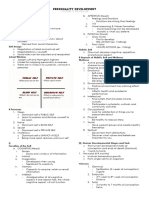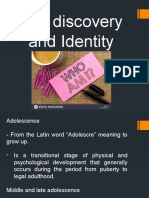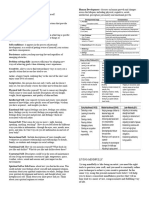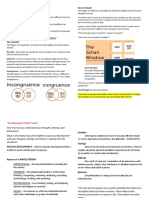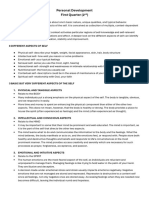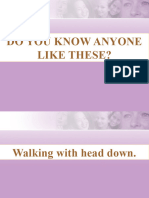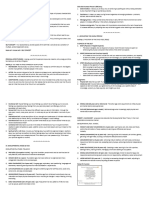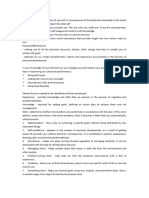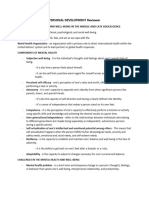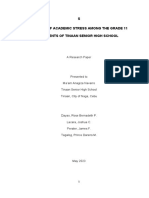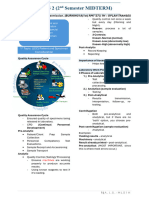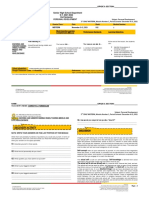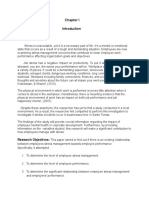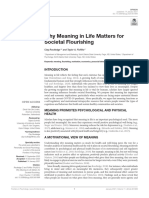0% found this document useful (0 votes)
16 views8 pagesPerdev 1
The document outlines various aspects of personal development, including self-awareness, mental health, and coping with stress. It discusses different stages of development throughout life, emphasizing the importance of understanding oneself and maintaining mental well-being. Additionally, it provides tips for improving brain function and memory through diet and cognitive exercises.
Uploaded by
aesvillaflorgCopyright
© © All Rights Reserved
We take content rights seriously. If you suspect this is your content, claim it here.
Available Formats
Download as DOCX, PDF, TXT or read online on Scribd
0% found this document useful (0 votes)
16 views8 pagesPerdev 1
The document outlines various aspects of personal development, including self-awareness, mental health, and coping with stress. It discusses different stages of development throughout life, emphasizing the importance of understanding oneself and maintaining mental well-being. Additionally, it provides tips for improving brain function and memory through diet and cognitive exercises.
Uploaded by
aesvillaflorgCopyright
© © All Rights Reserved
We take content rights seriously. If you suspect this is your content, claim it here.
Available Formats
Download as DOCX, PDF, TXT or read online on Scribd
/ 8

